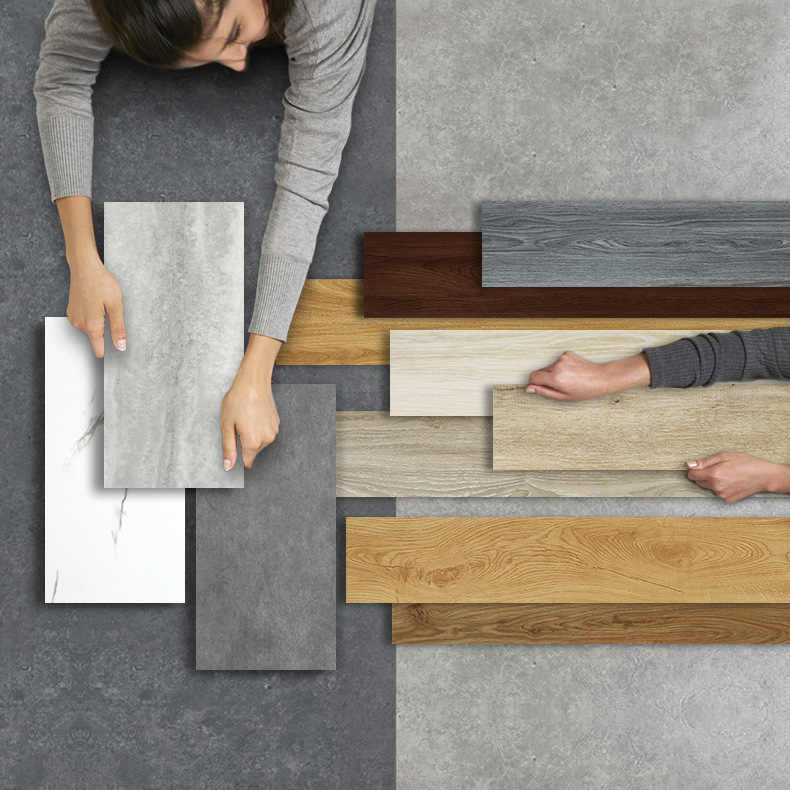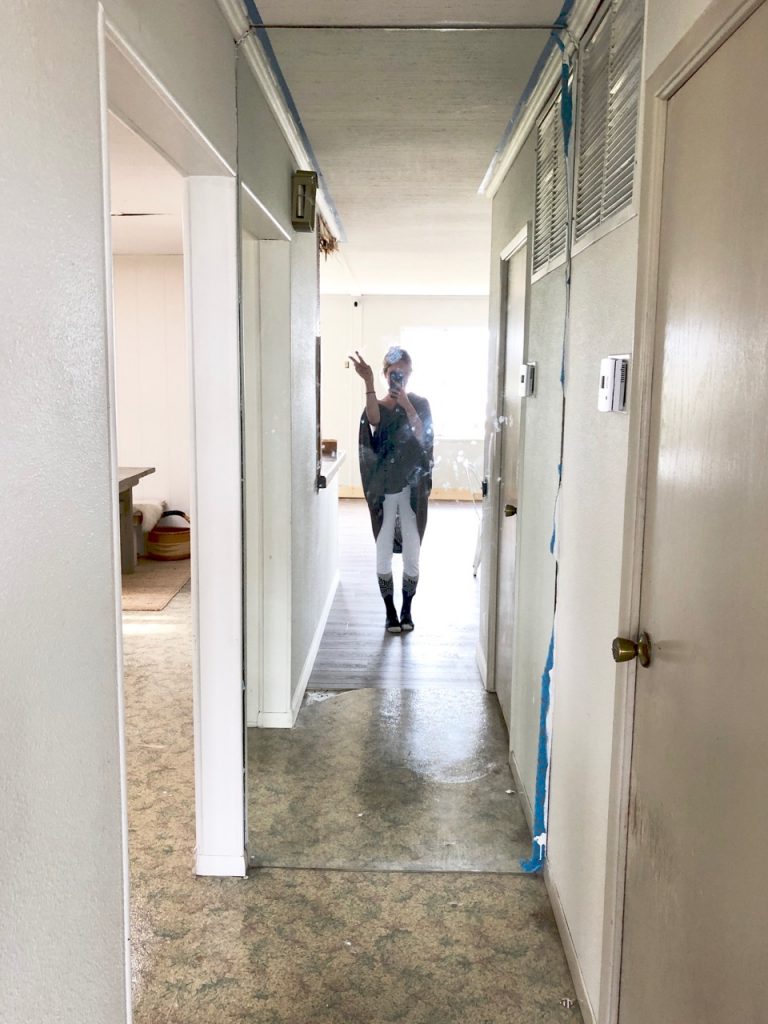

“In this case, you’re not saving money on the tile,” Chiarilli says.Īnother potential downside? The adhesive, especially on renter-friendly tiles that are meant to be removed, can wear down, especially in a kitchen where there’s a lot of moisture. Of course, you can pay for higher-quality kits (e.g., metal or glass), but the price can run up to $25 per square foot. “The thinnest peel-and-stick kits won’t give you any of the depth you’d see with real tile or brick,” says Chiarilli. When it comes down to it, peel-and-stick backsplash tile isn’t the real deal, which, some decor experts believe, can make it look cheap. Disadvantages of peel-and-stick backsplash vs.
How to install peel and stick tile with grout update#
“If you’re looking for a quick update at a good price, a peel-and-stick backsplash fits the bill,” says Chiarilli. All you have to do is measure the space, peel off the backing, and stick the tile sheet to the wall.

They’re also far less difficult to install than traditional tile, which requires hours of time and lots of materials (e.g., mortar, grout, tile spacers, etc.). They’re “great for renters, provided the material is removable,” adds Karen Gray-Plaisted of KGP Design Solutions. Fancy a white subway tile backsplash? It’s typically made of gel.Īdvantages of peel-and-stick tile Peel-and-stick tile is ideal for people who can’t (or don’t want to) install permanent decor in their home.


 0 kommentar(er)
0 kommentar(er)
